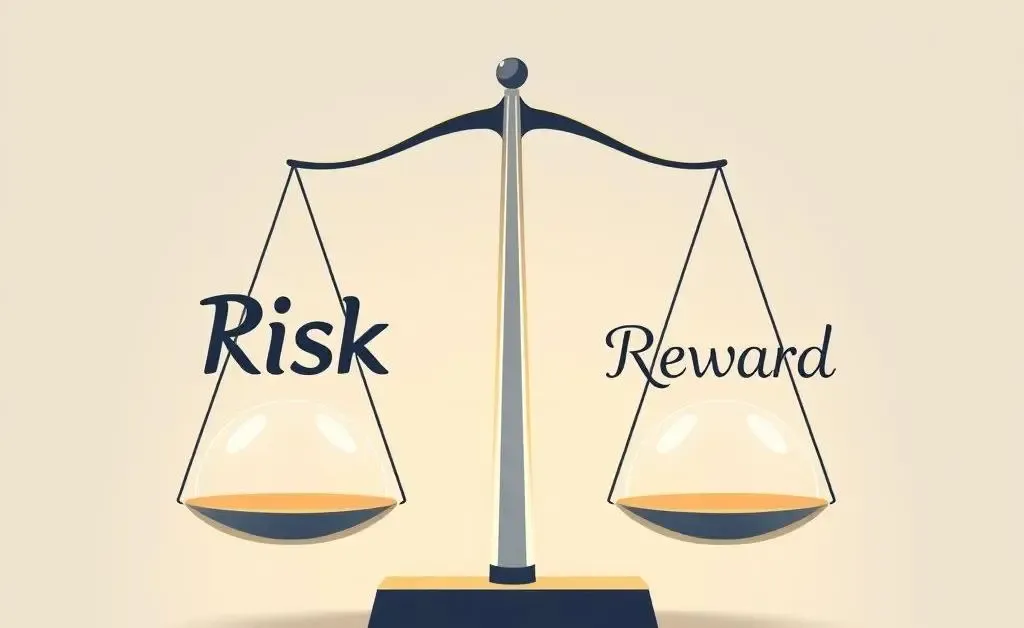Building a Balanced Stock Portfolio: Tips for Every Investor
Explore practical tips to create a balanced stock portfolio and grow your investments.

Hey there, smart investor! Let's dive into something that can seem as complex as assembling a jigsaw puzzle without the box cover—building a balanced stock portfolio. Trust me, it's simpler than it sounds once you break it down. Whether you're a seasoned market player or just starting your investment journey, a well-balanced portfolio is like a delicious fruit salad—diverse and satisfying.
Why Balance Matters in Your Portfolio
I remember starting my investment journey, trembling over bold decisions, hoping not to lose it all. It's like trying to balance on a tightrope where one wrong move can tip you over. That's exactly what balance does—it keeps you upright.
Balancing your stock portfolio helps mitigate risk and maximize potential returns. Think of it like this: not all sectors are born equal. When tech is down, healthcare might be soaring. Diversification helps cushion the impact when the inevitable market hiccup occurs.

Creating Your Investment Harmony
Ready for a little DIY investing magic? Here are some steps to help create your balanced masterpiece:
- Assess Your Risk Tolerance: How much risk are you comfortable with? Some of us have a higher appetite for risk, while others sleep soundly knowing their investments are a little more conservative.
- Spread Your Investments: Like your morning toast, don’t spread all investments thin in one stock or sector. Mix it up with some large-cap, small-cap, and diverse industries.
- Consider Asset Allocation: This is a bit like putting different fishes in your aquarium. Bonds, equities, and commodity funds could all swim together in harmony if chosen carefully.
- Regularly Rebalance: This means sometimes you might have to sell off star performers and reinvest into underperformers for the sake of balance—sounds counterintuitive, but trust me, it works!

The Time Factor: Short vs. Long Term
Long-term investing is like planting a tree and nurturing it for years until it bears fruit. It demands patience, and let's be honest, a whole lot of it! That’s where the magic of compound interest kicks in over time, potentially turning your modest seeds into mighty oak trees.
For those with shorter time horizons, risk management becomes critical as market fluctuations can affect your returns significantly in the short term. It's wise to lean a bit more on stable investments with solid track records.

Final Thoughts
Balancing a stock portfolio is a dynamic and ongoing process. It requires a bit of effort and some learning along the way, but the rewards often outweigh the challenges. So, how's your portfolio looking? Could it use a facelift, or are you well on your way to mastering your financial future? Let's share thoughts and tips—after all, the best learning happens together!




